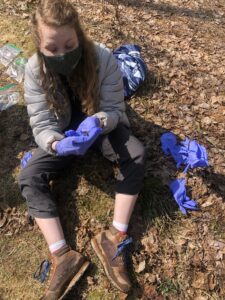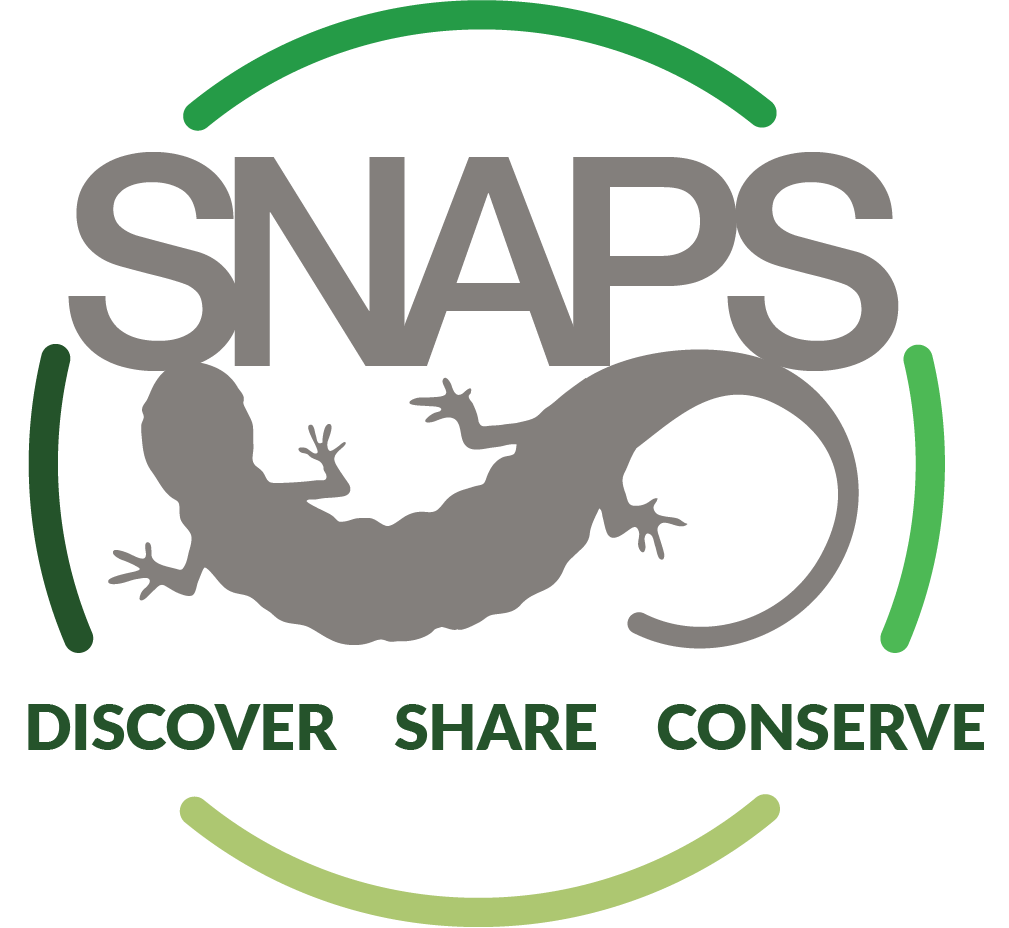What does joining and participating in SNAPS look like? It follows the steps below.
- Learn about SNAPS – if you have made it to this website, you’re well on your way to completing the first step!
- Submit request to join – you can use the information on the Join! page to request more information or to express your interest in joining.
- Join SNAPS – our Onboarding Team will ask for information about the classes you teach, the timing of sampling, and your experience working with amphibians. We’ll share our protocols and guidelines with you. We’re here to help come up with a plan that works for you!
- Get Ready – to sample for amphibians, you’ll need scientific collection permits issued by your state or provincial wildlife authority. You’ll also need an IACUC approval to handle animals and IRB approval to conduct a pre- and post-SNAPS assessment with your students. We can add you to our SNAPS IACUC and IRB protocols through memorandums of understanding if it is useful.
- Supplies – our partners at the National Wildlife Health Center will send you swabs, tubes, and labels. You’ll need to gather a few other supplies on your own: including data collection materials, disposable gloves, cold storage, rulers, and a means to capture amphibians (e.g., dipnets, minnow traps, etc.).
- Integrate SNAPS into your teaching – before swabbing, design a lesson plan (or modify one of ours) to get students ready for sampling. Your course content could cover any related topic, including but not limited to: amphibian disease ecology, conservation, microbiology, statistics, or sampling!
- Swab – you and your class will swab amphibians following our SNAPS protocols! This is the fun part!
- Ship your samples & submit your data – after shipping your samples and sending the metadata associated with your swabs, you can relax. Your results will be ready soon!
- Receive results – your results will be returned to you and posted to our online database. You can learn more about how se store and share data here.

